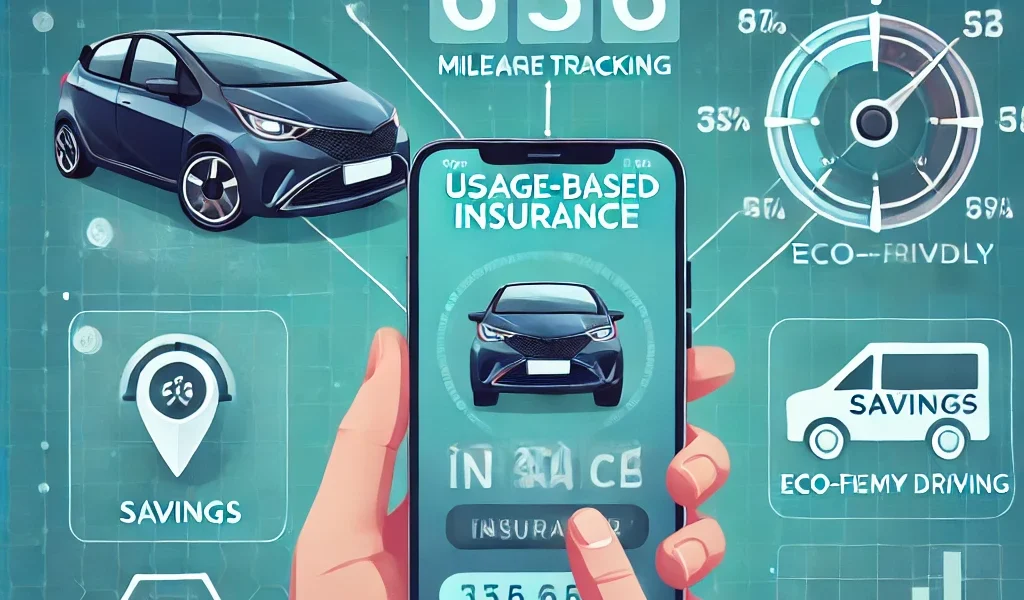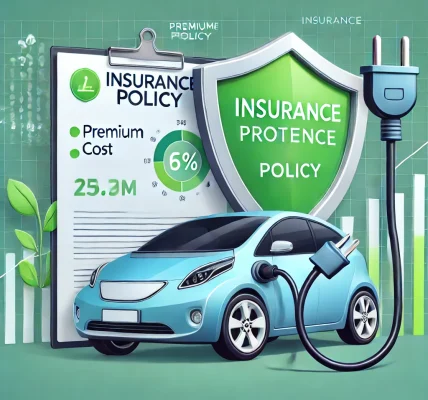Car insurance has evolved significantly over the years, offering policyholders more personalized and flexible coverage options. One such innovative model is Pay-As-You-Drive (PAYD) insurance, also known as Usage-Based Insurance (UBI). This type of policy allows drivers to pay premiums based on their actual driving habits rather than a fixed yearly rate. But is PAYD car insurance really worth it?
In this comprehensive guide, we’ll explore how PAYD works, its advantages and disadvantages, and whether it’s the right choice for you.
What is Pay-As-You-Drive (Usage-Based) Car Insurance?
Pay-As-You-Drive (PAYD) car insurance is a telematics-based policy that calculates premiums based on how much and how well you drive. Instead of paying a standard premium, policyholders are charged based on their mileage, driving behavior, and sometimes the time of day they drive.
PAYD insurance uses a telematics device or a mobile app to monitor key driving factors such as:
- Total mileage – How many miles you drive in a policy period.
- Driving habits – Speed, acceleration, braking, and cornering.
- Time of driving – Daytime vs. nighttime driving.
- Location data – Some insurers consider where you drive.
How Does Pay-As-You-Drive Insurance Work?
- Sign Up & Install Telematics Device/App
- When you sign up for PAYD insurance, your insurer will provide a telematics device (black box) or a mobile app to track your driving habits.
- Monitor & Analyze Driving Data
- The device/app records data on your driving behavior, including mileage, speed, braking, and acceleration patterns.
- Premium Adjustment
- Your premium is calculated based on the recorded data. Safer driving habits and lower mileage generally result in lower premiums.
- Pay-As-You-Go
- Some insurers charge a base premium plus a variable amount based on the actual distance driven. Others offer discounts or cashback incentives for safe driving.
Pros of Pay-As-You-Drive Car Insurance
1. Cost Savings for Low-Mileage Drivers
- If you drive less than the average person, PAYD can significantly reduce your insurance costs.
- Ideal for retirees, remote workers, students, and occasional drivers.
2. Rewards Safe Driving
- Good driving habits such as smooth acceleration, gentle braking, and obeying speed limits can lead to discounts.
- Encourages responsible driving, reducing accident risks.
3. Environmentally Friendly
- Since the premium is based on mileage, many drivers reduce their driving to save money, leading to lower emissions and fuel savings.
4. Flexible & Personalized Pricing
- Unlike traditional fixed-rate insurance, PAYD offers a dynamic pricing model where your premium reflects your actual driving behavior.
5. Lower Risk for Insurance Fraud
- Since driving data is monitored in real-time, PAYD insurance reduces the chances of fraudulent claims, benefiting both policyholders and insurers.
Cons of Pay-As-You-Drive Car Insurance
1. Privacy Concerns
- PAYD insurance requires constant tracking of your driving habits, which some may find intrusive.
- Some insurers may collect location data, raising concerns about privacy.
2. Not Ideal for High-Mileage Drivers
- If you drive long distances daily, PAYD may not be cost-effective.
- For commuters or delivery drivers, traditional fixed-premium policies might be more economical.
3. Limited Availability
- PAYD insurance is not available with all insurers and may not be offered in every region.
4. Potential Rate Increases
- If your driving behavior is considered risky (frequent hard braking, speeding, or late-night driving), your premium may increase.
5. Device/App Malfunctions
- Technical issues with the telematics device or mobile app can sometimes lead to incorrect data collection, impacting your premium.
Who Should Consider Pay-As-You-Drive Insurance?
PAYD insurance is ideal for: ✅ Low-mileage drivers (less than 8,000–10,000 miles per year) ✅ Students, remote workers, and retirees who drive occasionally ✅ Safe drivers who want rewards for good driving habits ✅ Eco-conscious individuals who want to reduce their carbon footprint ✅ Second car owners who don’t use their vehicle frequently
Who Should Avoid Pay-As-You-Drive Insurance?
PAYD may not be suitable for: ❌ Daily commuters who drive long distances ❌ Delivery drivers, rideshare operators, or frequent travelers ❌ Drivers who frequently travel at night (some insurers charge higher rates for night driving) ❌ Those who are uncomfortable with constant tracking
Comparison: Pay-As-You-Drive vs. Traditional Car Insurance
| Feature | Pay-As-You-Drive Insurance | Traditional Car Insurance |
|---|---|---|
| Premium Based On | Actual mileage & driving behavior | Fixed premium based on estimates |
| Best For | Low-mileage and safe drivers | High-mileage drivers and those preferring fixed costs |
| Tracking Required? | Yes, via telematics device or app | No tracking required |
| Privacy Concerns? | Yes, location & driving habits tracked | No tracking needed |
| Potential Savings? | High for low-mileage drivers | Limited flexibility |
Frequently Asked Questions (FAQs)
1. How is my driving data used?
Your insurer collects data on mileage, speed, braking, and acceleration. This data helps calculate your premium and may also be used for claim verification.
2. Can I opt out of PAYD insurance?
Yes, you can switch to a traditional policy at renewal if PAYD does not suit your driving needs.
3. What happens if I drive more than expected?
Some insurers may charge an additional fee if you exceed a pre-set mileage limit. Check your policy terms for details.
4. Does PAYD insurance affect my credit score?
No, your insurance policy does not impact your credit score. However, non-payment of premiums could affect your financial standing.
5. Is PAYD insurance available for all car models?
Not all insurers offer PAYD for every car model. Check with your provider for eligibility.
Final Thoughts: Is Pay-As-You-Drive Insurance Worth It?
PAYD car insurance can be a cost-effective and flexible option for low-mileage and safe drivers. It offers potential savings, promotes responsible driving, and aligns well with eco-conscious lifestyles. However, privacy concerns, tracking requirements, and potential cost increases for high-mileage drivers should be considered.
Before choosing PAYD, compare it with traditional insurance to see which one aligns best with your driving habits and budget. If you rarely use your car and practice safe driving, PAYD could be a smart choice that saves you money while ensuring adequate coverage.
Would you consider switching to Pay-As-You-Drive insurance? Let us know your thoughts!



